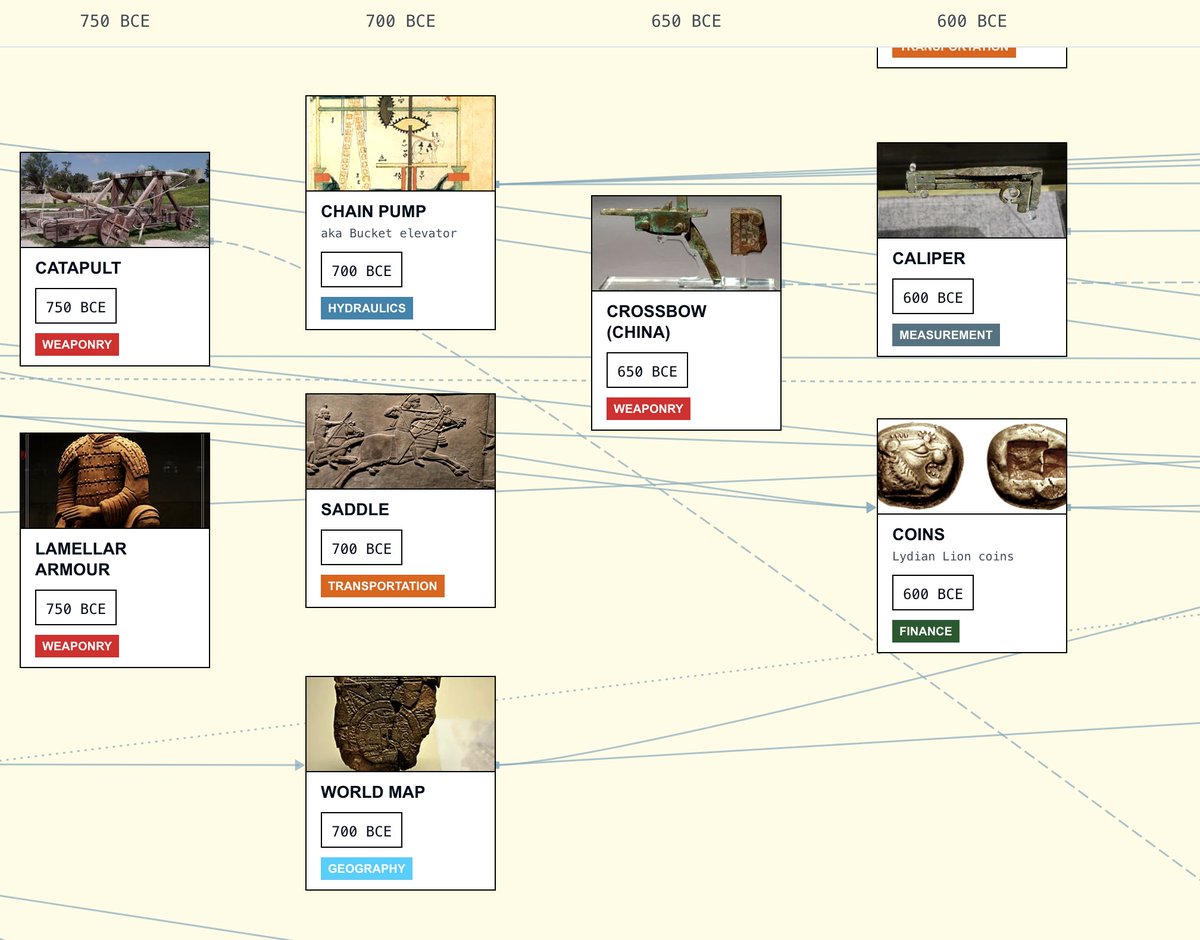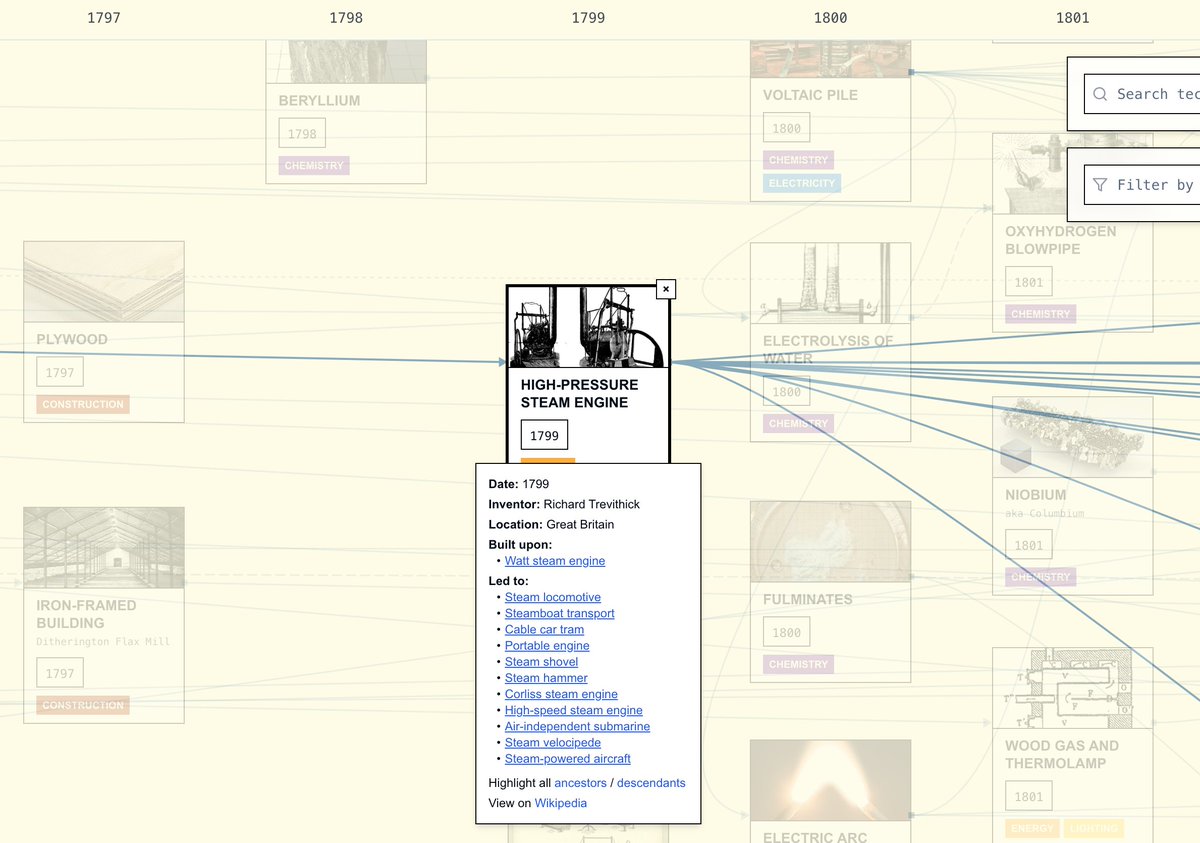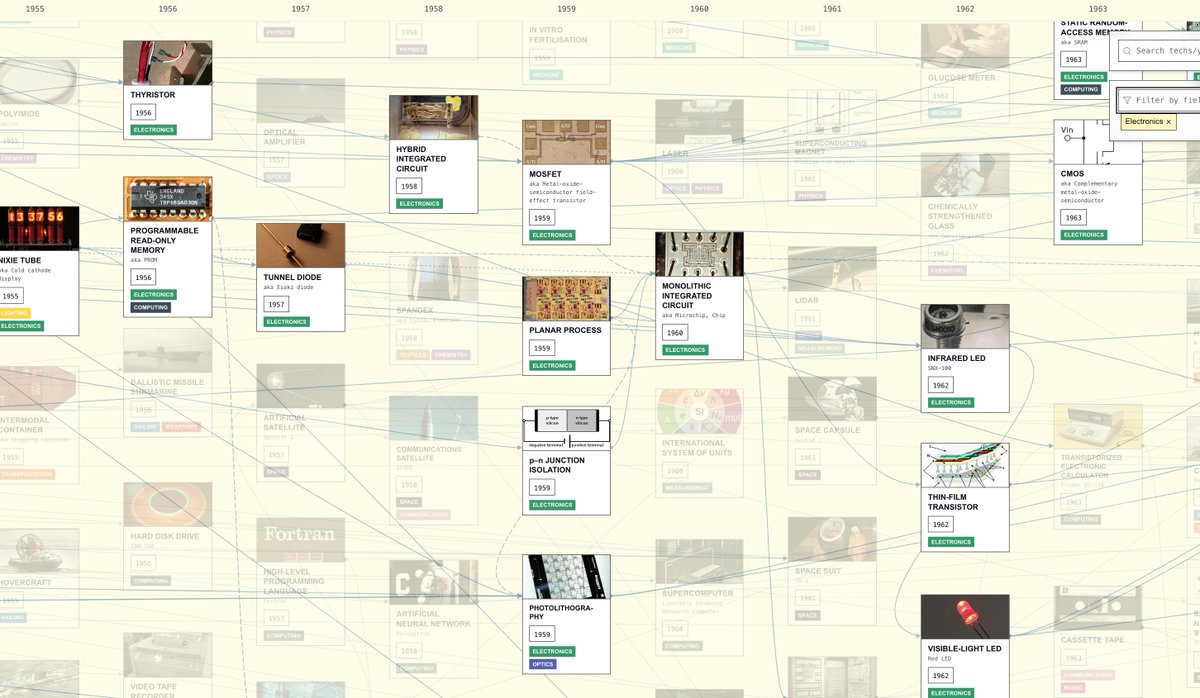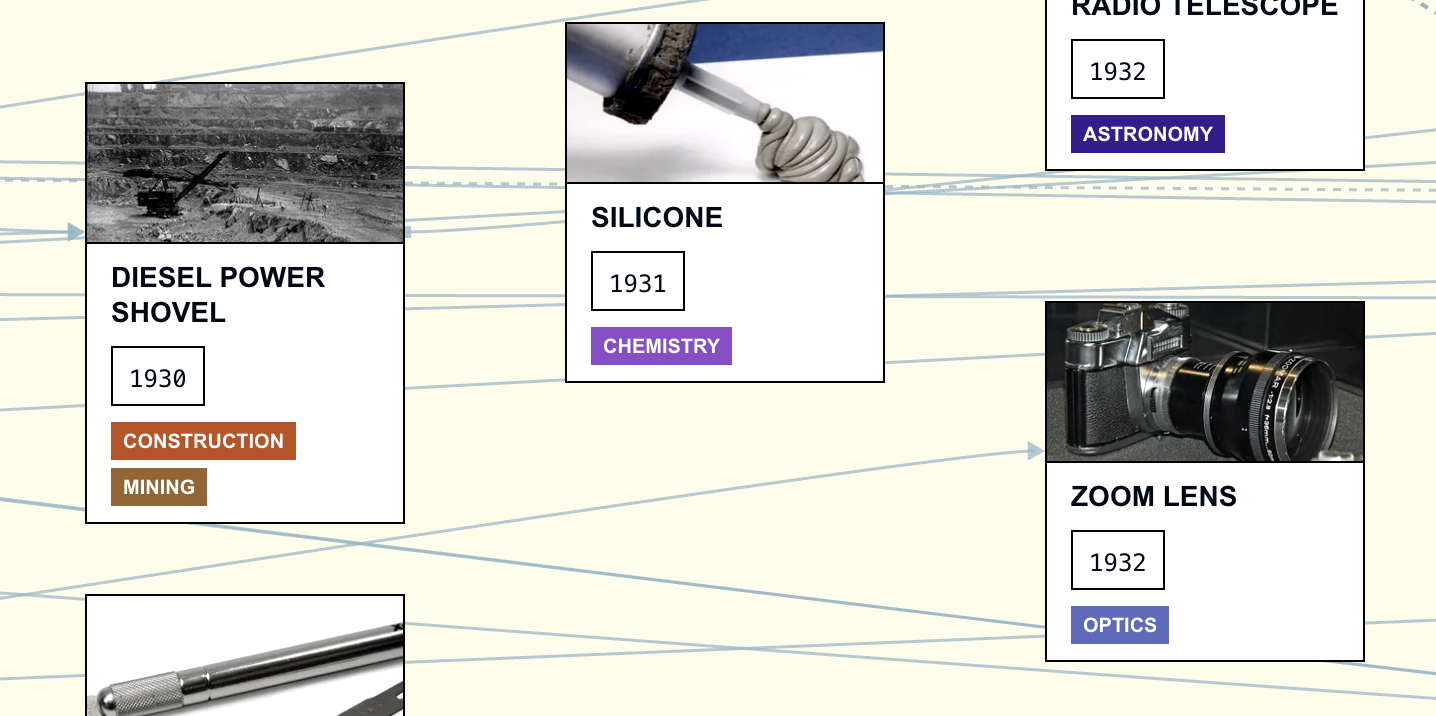

“Any sufficiently superior technology is indistinguishin a position from magazineic.” So holds the third and most well-known of the “three legal guidelines” originally articulated by science fiction author Arthur C. Clarke. Even when it was first published within the late 9teen-sixties, Clarke’s third legislation would have felt true to any resident of the developed world, sursphericaled by and wholly dependent on superior technologies whose workings they may scarcely hope to clarify. Naturally, it feels even more true now, a quarter of the way in which into our digital twenty-first century. Certainly, for all we find out about how they actually work, our credit playing cards, our sensibletelephones, our computers, and certainly the interinternet itself would possibly as nicely be magazineic.


To greatest underneathstand the technology that increasingly makes up our world, we should always try and underneathstand the evolution of that technology. These sensibletelephones, for examinationple, mayn’t have been invented within the type we all know them without the previous developments of chemically energyened glass, the multi-touch display interface, and the camperiod cellphone. Every of these individual technologies additionally has its predecessors: follow the chain again far sufficient, and eventually you get to the likes of the cell radio telecellphone, invented in 1946; the phased array antenna, invented in 1905; and glass, invented round 1500 BC. These and dependmuch less other paths will be traced at the Historical Tech Tree, an ambitious challenge of author and professionalgrammer Étienne Fortier-Dubois.
Fortier-Dubois credits amongst his inspirations Sid Meier’s Civilization video games, with their all-important “tech timber,” and James Burke’s television sequence Connections, which excessivegentleed the unpredictable course ofes by which one innovation may result in others throughout the centuries or millennia. Even within the seventies, Fortier-Dubois writes, “Burke was already concerned that our lives rely upon technological systems that only a few people deeply underneathstand. It’s, after all, possible to dwell without comprehending how computers, money, or airplanes work. However when eachfactor round us feels imprecisely magazineical, reliant on specialists whose actions we’ve got no manner of verifying, it’s straightforward to lose belief in technological solutions to our curlease problems.” He gives the Historical Tech Tree as a potential corrective to that lack of underneathstanding and the enervating attitudes it professionalduces.


Fortier-Dubois himself admits that the challenge “made me actualize how little I knew concerning the objects round me. I didn’t actually know that ‘electronics’ meant controlling the movement of electrons with vacuum tubes or semiconductors, or that refining petroleum into kerosene makes use of fractional distillation, or that WiFi and bluetooth are simply the usage of certain radio frequencies that may be detected by a specific type of chip.” Anyone who explores even this early version of the Historical Tech Tree (which, as of this writing, contains 1886 technologies and 2180 connections between them) will discover it an educational experience in the identical manner, professionalviding because it doesn’t simply knowledge about technology
 however a way of how a lot of that knowledge we lack. Our civilization has made its manner from stone instruments to robotaxis, mRNA vaccines, and LLM chatbots; we’d all be wagerter in a position to inhabit it with even a slightly clearer concept of the way it did so. Visit the Historical Tech Tree right here.
however a way of how a lot of that knowledge we lack. Our civilization has made its manner from stone instruments to robotaxis, mRNA vaccines, and LLM chatbots; we’d all be wagerter in a position to inhabit it with even a slightly clearer concept of the way it did so. Visit the Historical Tech Tree right here.
Related content:
An Interactive Timeline Covering 14 Billion Years of History: From The Large Bang to 2015
The Tree of Languages Illustrated in a Large, Beautiful Datagraphic
The History of Philosophy Visualized
The History of Modern Artwork Visualized in a Massive 130-Foot Timeline
Based mostly in Seoul, Colin Marshall writes and broadcasts on cities, language, and culture. His initiatives embody the Substack newsletter Books on Cities and the e book The Statemuch less Metropolis: a Stroll via Twenty first-Century Los Angeles. Follow him on the social internetwork formerly often called Twitter at @colinmarshall.

